SUPERHOT VR released in 2017. Then in 2021 the game’s entire story was removed.
What’s happened here is fascinating, but somehow nobody has talked about it seriously. Because it’s censorship in a video game — a topic the gaming community cannot be normal about — it is nearly impossible to even think about the issue through all the noise. Anyone aware of this topic at all seems to be screaming about Woke, or complaining about games becoming “political”, as if “political” is just a switch you can throw to make media worse.
Wikipedia summarizes the discourse as:
The choice to remove these games led to the game getting review bombed on Steam, with some users claiming that Superhot Team was giving in to “snowflakes” and others believing it to be a form of virtue signaling.
But this is insane! A historically significant VR game — one of the greatest of all time — had one of its defining characteristics removed, without any explanation or replacement. This isn’t some Stellar Blade fake controversy, something weird happened here. There are real, understandable things to object to, and none of them are right-wing culture war buzzwords.
But what is SUPERHOT?
SUPERHOT was originally developed for the 2013 7 Day FPS Challenge game jam by Polish team “The Bricky Blues”, directed by Piotr Iwanicki. In September 2013 it was released on the Blue Brick Software and Embedded Systems website in three separate “episodes” because the levels were developed in parallel in three separate unity projects for the jam.
After the demo received positive feedback, SUPERHOT went to Kickstarter (after they got Kickstarter to support Poland) and was successfully overfunded in June 2014. (With the success of SUPERHOT, the Blue Brick company seems to have been abandoned.) SUPERHOT (2016) was then released in February.
 SUPERHOT VR's Story was Removed. What?
SUPERHOT VR's Story was Removed. What?

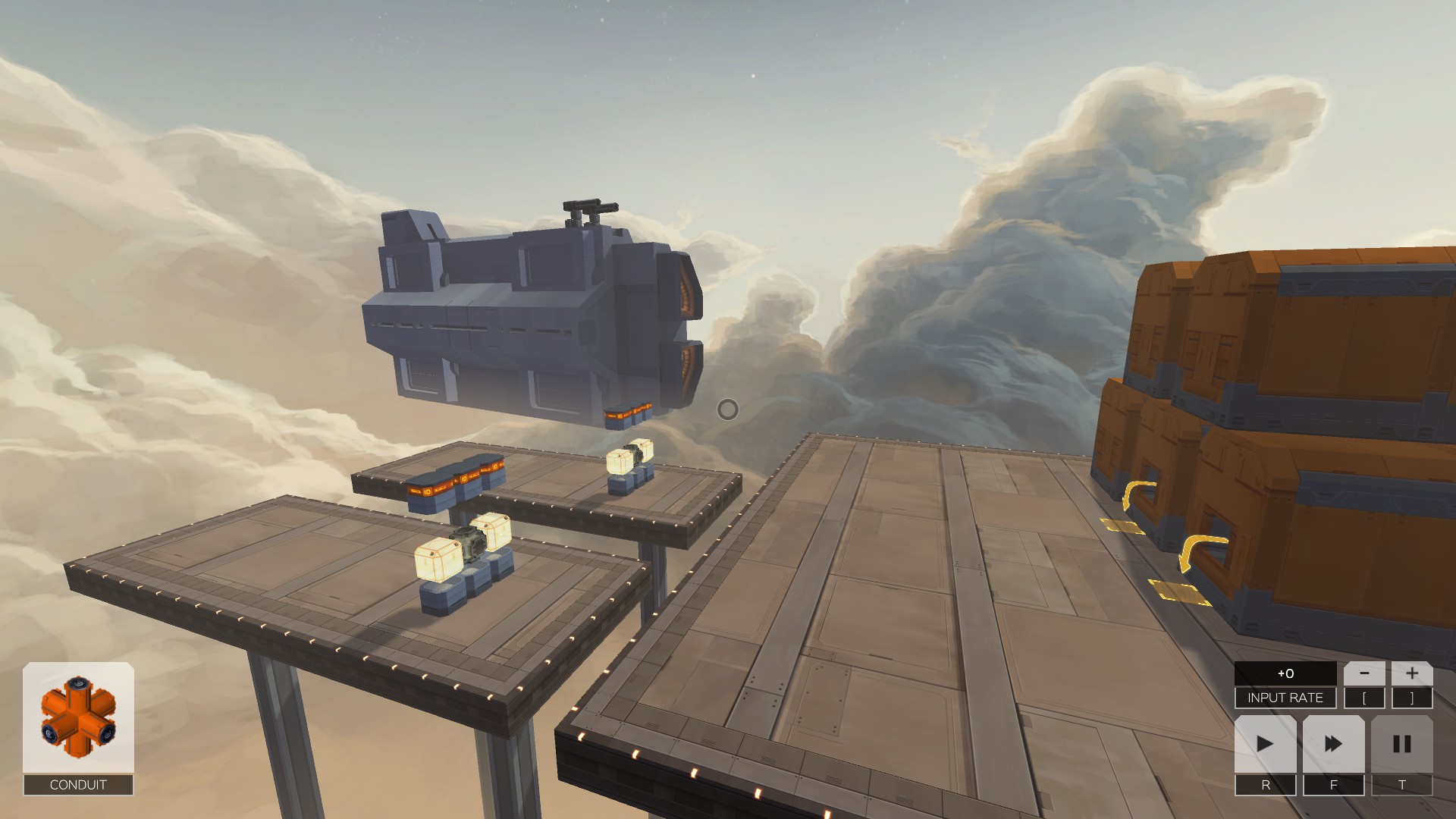

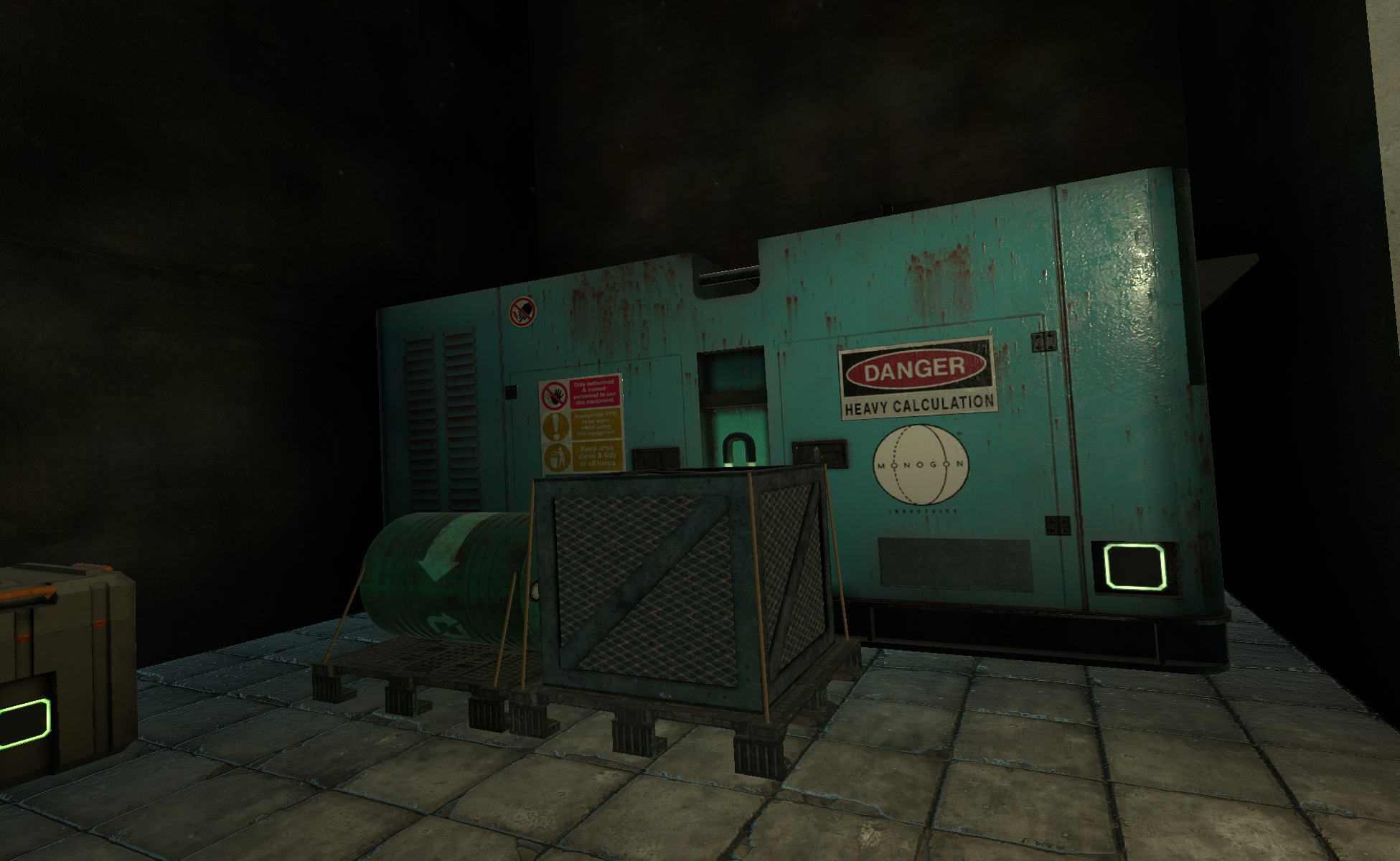
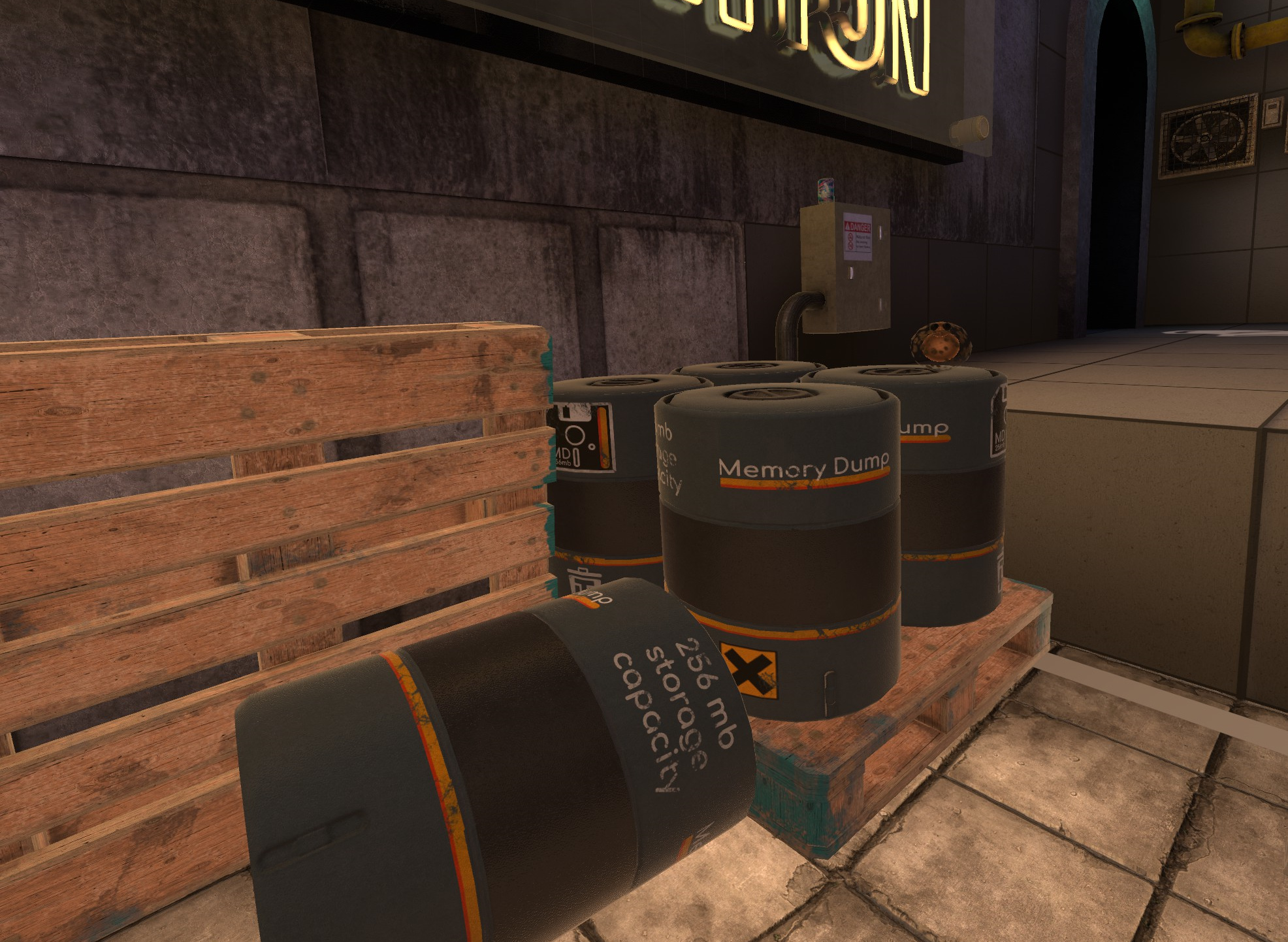
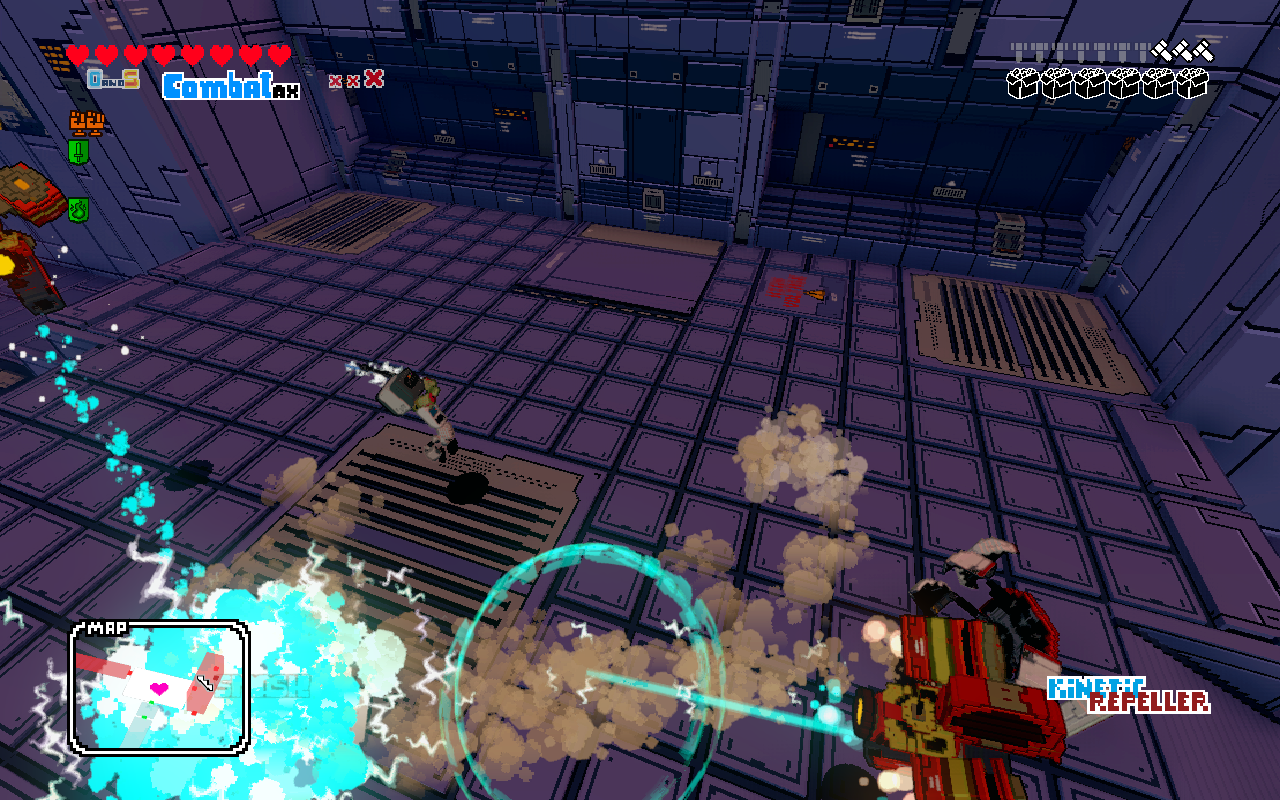


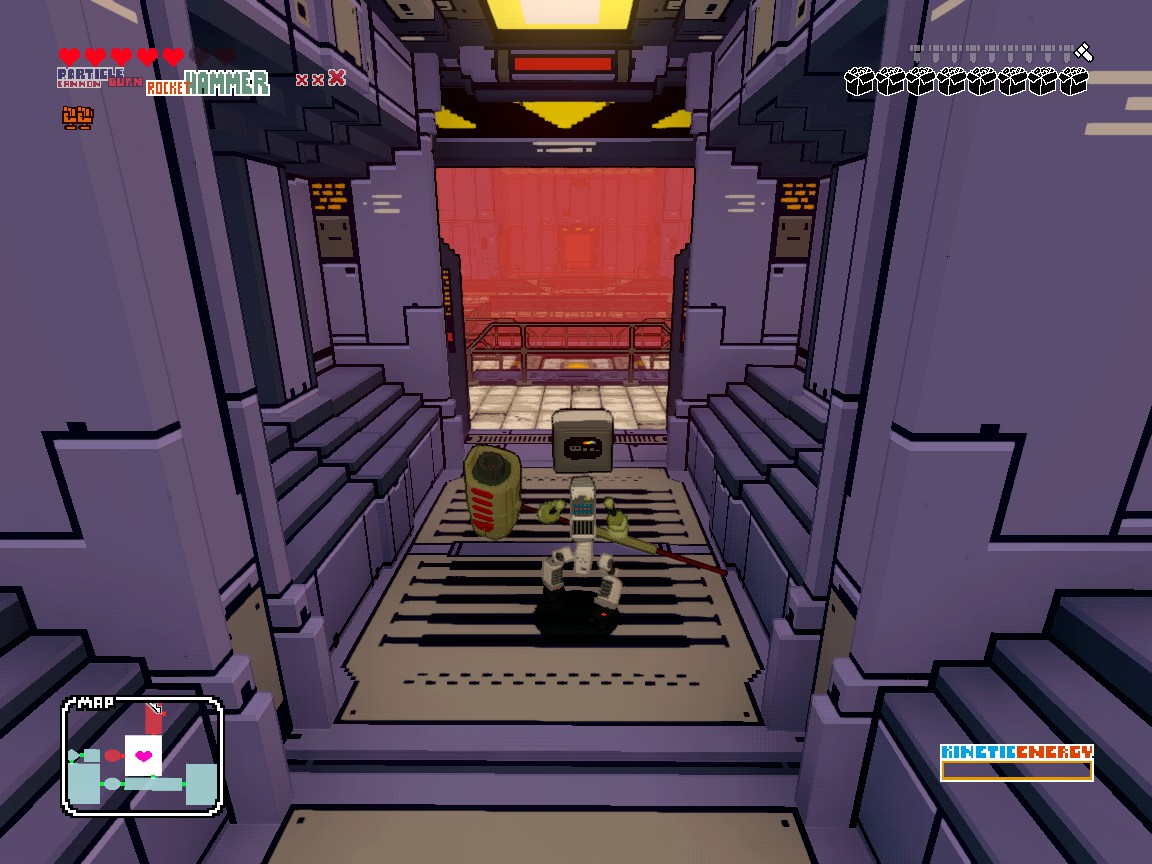

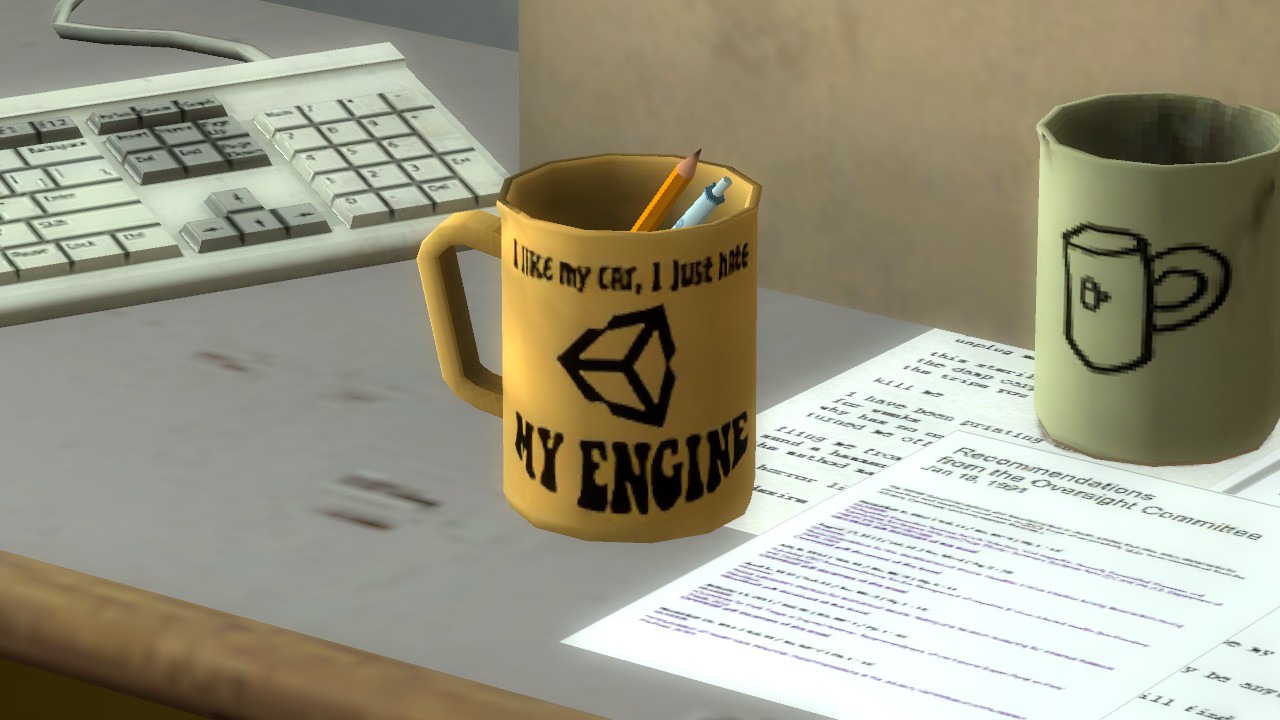 “I love my car, I just hate my engine”
“I love my car, I just hate my engine”